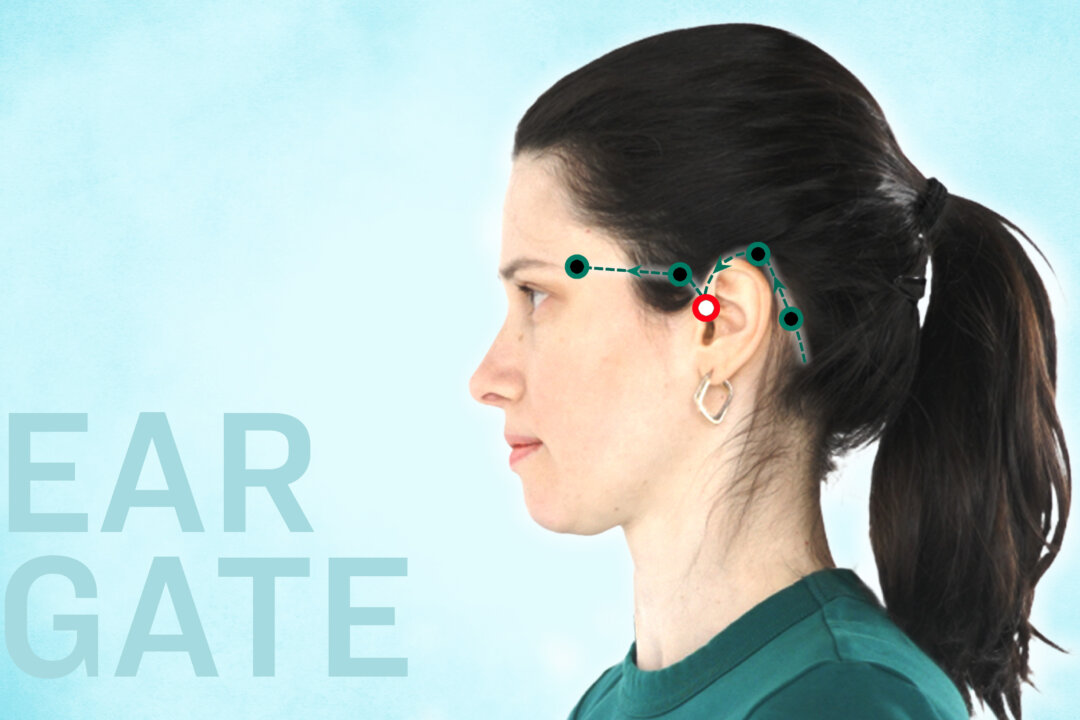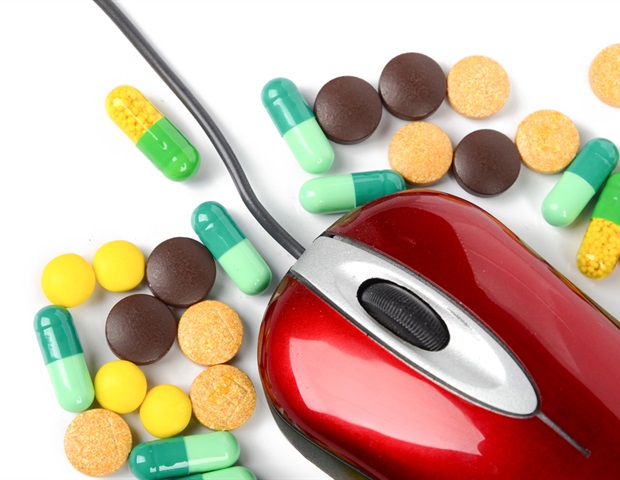TINY bits of plastic have been discovered in the blocked arteries of stroke sufferers. In new research, scientists found that blocked blood vessels contain 50 times more minuscule bits of plastic compared to healthy arteries. 3 Fatty buildup in the blood vessels of the neck may contain 50 times more micronanoplastics compared to arteries free of plaque buildup, say researchers Credit: Getty 3 The highest amounts of micronanoplastics were found in people who had experienced a stroke, mini-stroke, or temporary loss of vision due to clogged blood vessels Credit: Getty - Contributor The highest amounts of micronanoplastics were found in people who had experienced a stroke, mini-stroke , or temporary loss of vision due to clogged blood vessels, according to the newly published study.
Micronanoplastics, often referred to as nanoplastics, are tiny pieces of plastic created during industrial processes or from larger plastic objects as they degrade in the ocean or the soil. They're not uniform in size - usually a mixture of micro and nano plastic sizes. Microplastics are sometimes visible at less than five millimetres in size, whereas nanoplastics are microscopic and invisible to the naked eye.

Read more on microplastics PLASTIC PERIL How to remove microplastics from tap water - after links to diabetes & stroke CHEW ON IT Chewing gum 'releases thousands of toxic microplastics' into your mouth This makes them more easily dispersed and able to penetrate cells and tissues in living organisms. “These types of plastics are commonly found in the environment, especially in ocean garbage patches," said lead author of the study, Ross Clark, a vascular surgeon-scientist at the University of New Mexico in Albuquerque. "Many people think that micro and nanoplastics mainly come from using plastic utensils, cutting boards, packaging, water bottles and other plastic items.
"However, the main source is the food and water we eat and drink.” Most read in Health DON'T DELAY One in 3 put off a GP visit for worrying cancer symptoms for six MONTHS BUG SURGE Warning to Scots after 'extremely contagious' outbreak - check the symptoms SPERM COUNT Warning to those with ‘spring colds’ as study raises fears over male fertility BACK IT UP Half of Brits suffering aches and pains for over a year admit lives 'on hold' The researchers compared the levels of micronanoplastics found in the carotid arteries - major blood vessels on either side of the neck. Participants were split into three groups; those with healthy arteries, those with plaque but no symptoms, and those experiencing symptoms due to plaque buildup.
NHS launches major new stroke campaign as thousands delay calling 999 by nearly 90 minutes The researchers also compared plaques with low and high plastic levels to assess the effects of micronanoplastics on markers of inflammation, the gene activity of immune cells called macrophages, and stem cells that help stabilise plaque. It was found the concentration of micronanoplastics in carotid arteries was 16 times higher in plaque among people without symptoms compared to the levels found in artery walls of deceased tissue donors of a similar age with no plaque. Micronanoplastics were also 51 times higher in plaque from people who had experienced stroke, mini-stroke or temporary loss of vision, due to blockage of blood flow to the retina, when compared to deceased tissue donors.
No link was found between the amount of micronanplastics and signs of sudden inflammation. “These findings indicate that the biological effects of micronanoplastics on fatty deposits are more complex and nuanced than simply causing sudden inflammation,” Clark said. In their next phase of work, they will focus on better understanding the immunological effects of micronanoplastics in clogged arteries.
“It's very important to study what these materials do to our bodies. However, we should be cautious about the early results of this study. We won’t fully understand the biological effects for many years to come,” Clark said.
3 The researchers said it's very important to understand what micronanoplastics do to our bodies Credit: Getty The study did have some limitations, for example, it couldn't be proved that micronanoplastics in plaque were the cause of symptoms of carotid artery disease - micronanoplastics might be a sign of another health issue that caused these symptoms. “We are constantly improving our method to reduce the amounts of lipids in the samples to lessen their impact on the results," said Clarke. Read more on the Scottish Sun HOTTING UP Exact date 'three weeks of sunshine' to arrive in Scotland amid '25C heat surge' BIG BUDGET Inside new £5m restaurants & bars at iconic Scots hotel, including a speakeasy Karen L.
Furie, volunteer vice chair of the American Heart Association Stroke Brain Health Science Subcommittee, who wasn't involved in the study, said: "This is a very interesting and troubling study. To date, we have not considered exposure to plastic micronanoparticles a modifiable risk factor for stroke. "Although it is important to understand the mechanism at play in the pathophysiology of symptomatic carotid atherosclerosis, this association presents a novel potential target for stroke prevention .
" What are microplastics and why are they a worry? Microplastics are tiny plastic particles less than five millimetres in diameter. They come from a variety of sources in our everyday life, from larger pieces of plastic debris, such as from the degradation of bottles, to the tiny beads in personal care products like toothpaste and exfoliants, and synthetic fibres from textiles like polyester and nylon. We can either ingest them, for example in food and water contaminated with them, or inhale them from the air.
There is growing concern about the potential health impacts of microplastics on both the environment and human health. When ingested or inhaled, microplastics can cause physical and chemical damage to living organisms. Studies have shown that they may be involved in inflammation in the body by leading to the release of proteins called inflammatory cytokines.
While these studies are typically small and in animals or cells, inflammation is linked to a range of chronic diseases, including heart disease, autoimmune disorders, and cancer. Cellular damage has been a key focus of studies on microplastics. The tiny pieces of plastic have been shown to cause cell death, cause damage via oxidative stress, and interfere with hormone function.
There is also evidence to suggest that microplastics can cause genotoxic effects, meaning they can damage genetic material within cells - raising fears they can contribute to cancer. The evidence is still evolving for these tiny particles that are barely visible to the naked eye..
















